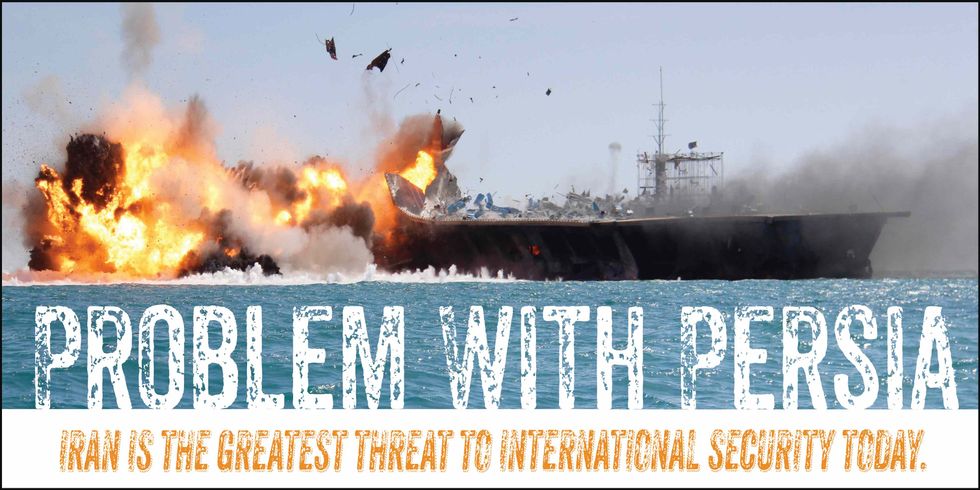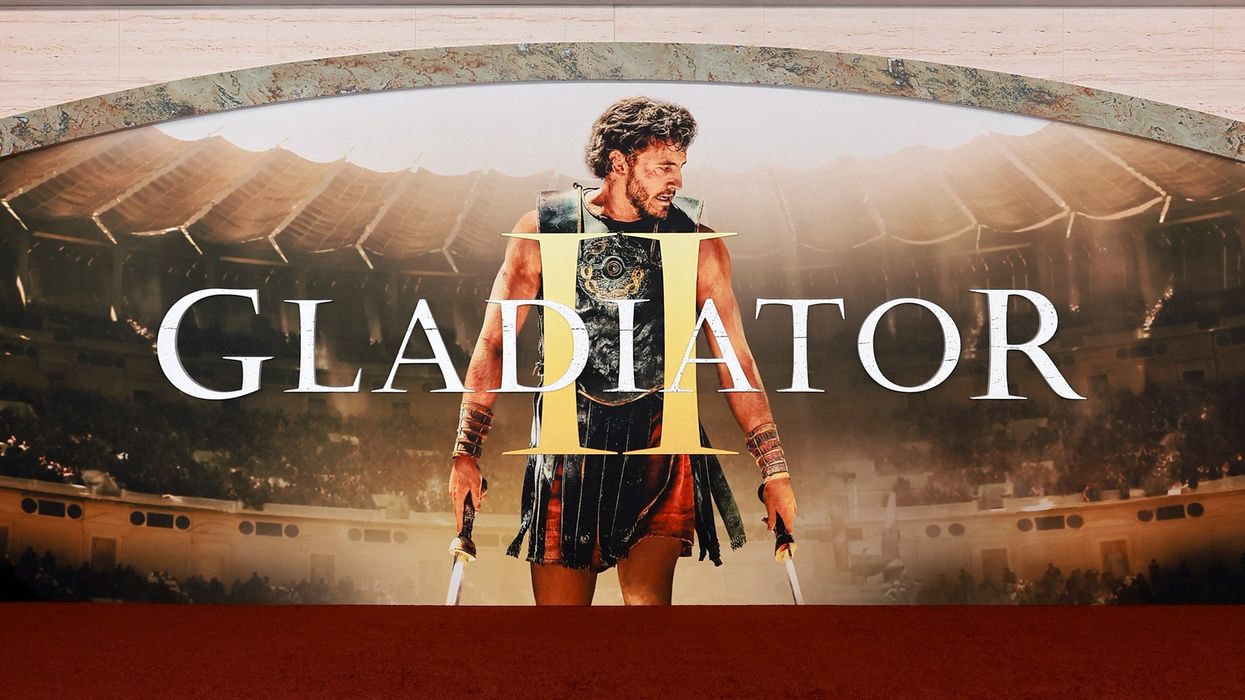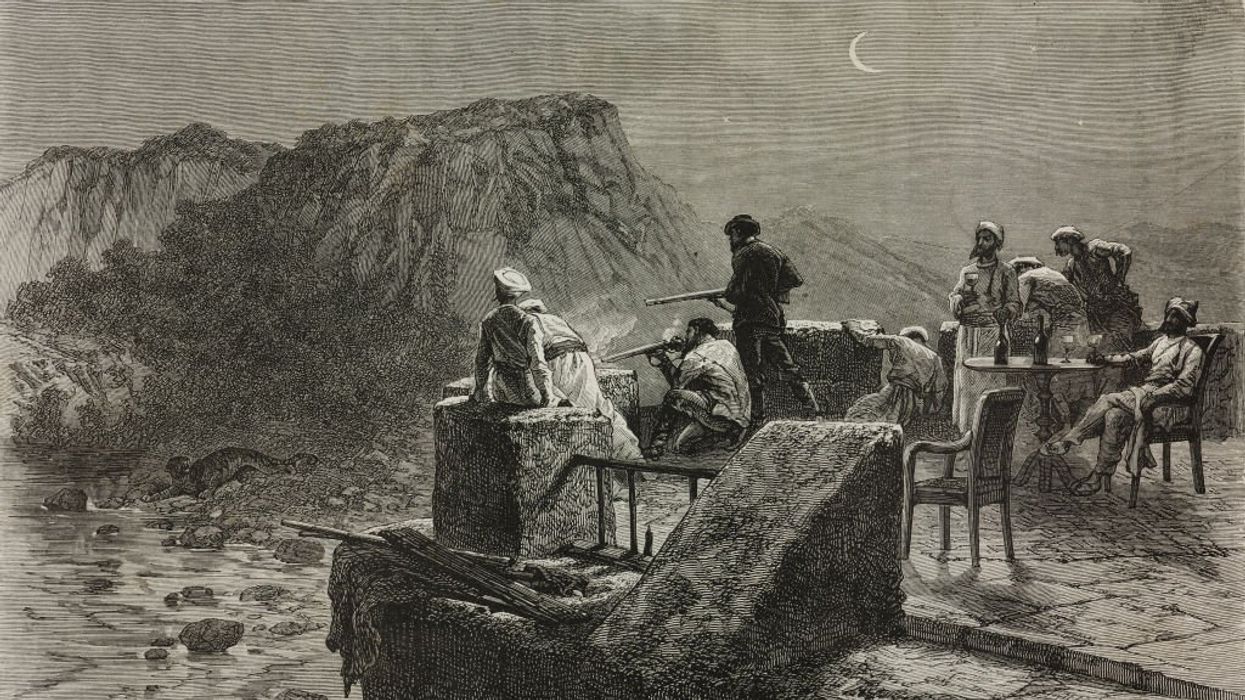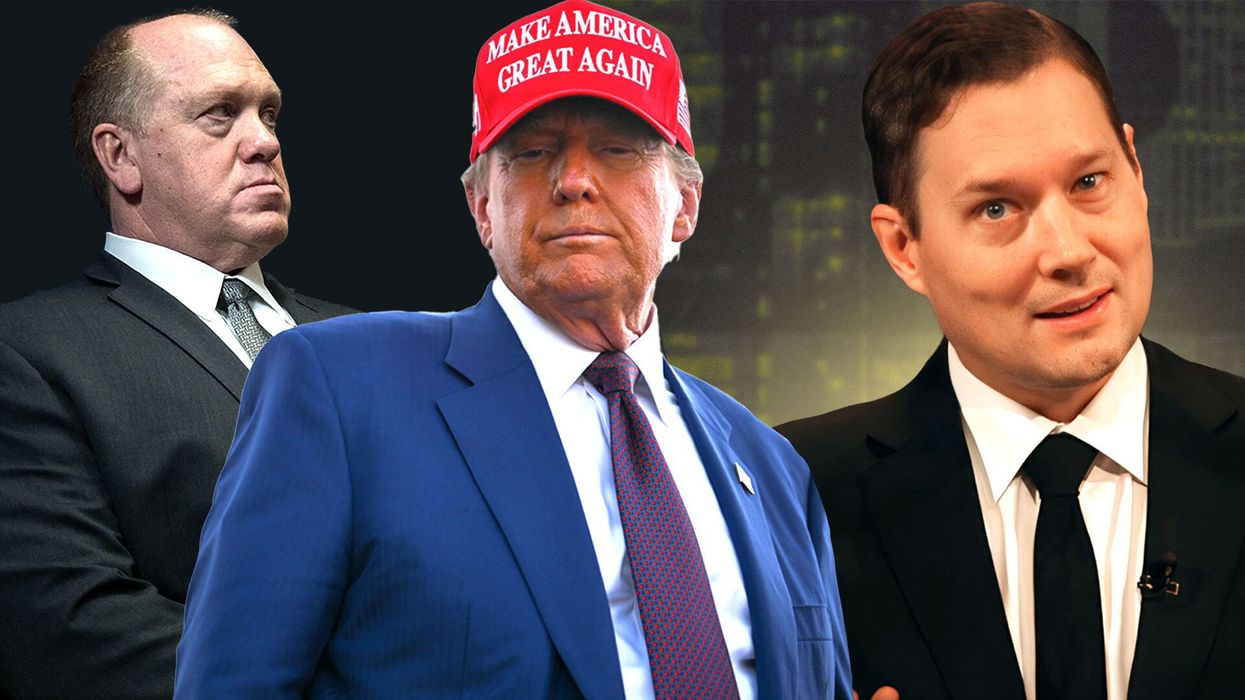
© 2024 Blaze Media LLC. All rights reserved.
Iran is the greatest threat to international security today.
Undeterred by the thumping his party took at the polls in the 2014 midterm elections, President Barack Obama announced in December that his administration planned to normalize relations with Cuba’s Castro regime.
While folks worked to recover from the shock of the announcement (which fell woefully short on congressional consultation), the president argued that our current Cuba policy is “an outdated approach that, for decades, has failed to advance our interests.” Clearly overlooking how Cuba is weaker than ever before and less trouble for the United States than it has been in decades (anyone remember Cuban-Soviet adventurism in Central America in the 1980s?), the White House is certain it’s high time for change.
Of course, no sooner had Obama trumpeted plans for getting chummy with the Castros (Raul and his ailing brother Fidel) than some in the “engagement camp” started breathlessly asking out loud: What about Iran?
While there’s little question that opening up to the “island prison” of Cuba is a mistake for a number of reasons, letting the pressure off Iran by re-establishing ties severed in 1980 after the Iranian Islamic Revolution would arguably be an even bigger one. Iran remains one of the biggest threats to international security today, including to the United States and its interests.
BIG PLANS
At first glance, many see the Islamic Republic of Iran as a petro-power, a shadowy international troublemaker, and a salient source of anti-Americanism such as was found in the 1979 storming of the U.S. Embassy in Tehran. It’s all that, but the mullahs who run the country have also set grand geopolitical goals for themselves.
Of course, Iran views the United States as its most ardent political and military enemy alongside Israel, sometimes referring to the pair respectively as the “Great Satan” and the “Little Satan.” And Tehran directs its military strategy toward Washington, according to 2015 congressional testimony of the U.S. Defense Intelligence Agency (DIA). Worse yet, it threatens both the United States and Israel regularly.
It’s not surprising then that news reports in late February flagged an Iranian naval exercise, dubbed “Great Prophet 9.” Iran often conducts maritime maneuvers due to its location beside the Persian Gulf, but what was particularly notable this time was the type of targets it used.
It seems that Tehran had produced a full-scale mockup of an American aircraft carrier for Iran’s Islamic Revolutionary Guard Corps (IRGC) naval forces to strike. During the exercise, the IRGC reportedly attacked the faux flattop with gunboats, helicopters and land-based missiles.
If the message wasn’t clear enough, according to Reuters, a report on Iranian state TV showed a banner quoting Iran’s first supreme leader, Ayatollah Ruhollah Khomeini, warning, “If the Americans are ready to be buried at the bottom of the waters of the Persian Gulf—so be it.” But as a 2014 congressional report titled “The Annual Report on Military Power of Iran” notes, beyond “countering Western influence,” Tehran desires to become “the dominant regional power [in the Middle East].” Indeed, it might be argued that Iran not only wants to become the strongest state in the Middle East at the expense of the other Arab nations and Israel, but it also wants to become the leader of the Muslim political community worldwide.

Until the Arab Spring unsettled its closest ally Syria (leading to the currently 4-year-old civil war that has consumed some 200,000 lives and made refugees of millions more), Iran planned to push for a path of Persian power across the Middle East from Iran through Iraq into Syria and Lebanon.
Some have called it the “Shiite Crescent.”
Tehran’s audacious aspirations grind not only regional ethnic but religious gears as well. Iran is a Shia, Persian country in a Sunni, Arab neighborhood. The Persians and Arabs and Sunni and Shia within and across national boundaries have been going at it hammer and tongs for years, well pre-dating the current, bloody instability in the Middle East.
This herculean challenge of ascending to the top of the power pyramid hasn’t deterred Iran, who uses tactics reminiscent of bare-knuckled street brawls to advance its national interests, including its favorite: international terrorism.
***********************************
Get the real story on what Iran is doing and the moves the regime is making around the world.
All of that and much more is exposed in the April cover story, "Problem With Persia."
Author Peter Brookes, a foreign policy expert from The Heritage Foundation, examinines how the mullahs in Iran are tied to multiple terror organizations, their nuclear programs and ambitions, the Iranian ballistic missile program, their connections to anti-American regimes in South America, and much more in April 2015 issue of TheBlaze Magazine.
It's all in the newest issue of TheBlaze Magazine.
Order today and get the digital version of this issue for FREE.
—
Follow Chris Field (@ChrisMField) on Twitter
Want to leave a tip?
We answer to you. Help keep our content free of advertisers and big tech censorship by leaving a tip today.
Want to join the conversation?
Already a subscriber?
more stories
Sign up for the Blaze newsletter
By signing up, you agree to our Privacy Policy and Terms of Use, and agree to receive content that may sometimes include advertisements. You may opt out at any time.
© 2024 Blaze Media LLC. All rights reserved.
Get the stories that matter most delivered directly to your inbox.
By signing up, you agree to our Privacy Policy and Terms of Use, and agree to receive content that may sometimes include advertisements. You may opt out at any time.




